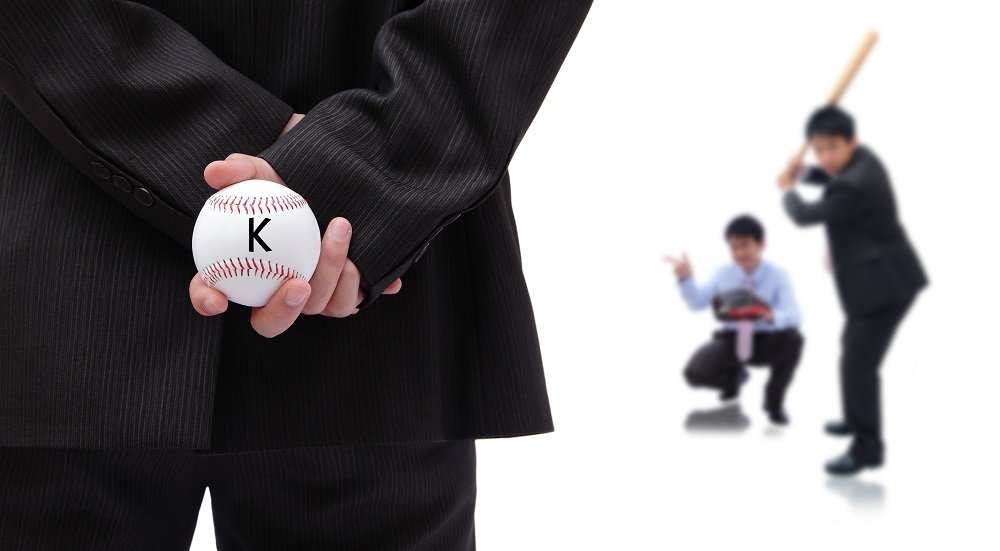 Email is the new phone in today’s sales world. It’s currently one of the most effective online customer acquisition tools according to this post from Wired – ranking just behind organic search and paid advertising, but ahead of social media channels like Facebook and Twitter.
Email is the new phone in today’s sales world. It’s currently one of the most effective online customer acquisition tools according to this post from Wired – ranking just behind organic search and paid advertising, but ahead of social media channels like Facebook and Twitter.
There’s just one problem with the way many businesses have begun to view and deploy email as a sales tool – they’re executing campaigns without first understanding how their current sales process can be optimized for the clients’ buying process in that environment.
One Company’s Experience with Selling Through Email
Recently, “Randy,” a new client of our firm, came to us with the desire to drive sales through email without involving a salesperson. He’d noticed the widespread increase in Internet marketing and believed that, because customers were getting so comfortable with buying online, that even bigger ticket items like his company’s website plug-in could be sold through online channels like email.
Essentially, Randy thought that email would allow him to increase sales and save significant cash because he could cut back on sales headcount and commission payouts.
In some ways, Randy was right.
His firm’s plug-in could be easily customized for each client without the involvement of a salesperson, and his existing clients had been thrilled with the productivity savings his product delivered. Randy’s firm had written a white paper that outlined those successful client implementations and produced a video with testimonials and a quick product demo. Even better, his metrics showed an incredible 75 percent conversion rate when prospects digested both of those content pieces.
So, Randy naturally assumed that all he needed to do was run a simple email campaign that included the white paper and video, followed up with an offer to try the plug-in, and new sales would roll in.
But that’s not what happened. After three months of email campaigns, Randy’s firm had driven no new sales.
Why Sales and Buying Processes Matter in Email Campaigns
The problem, we discovered, was that Randy’s email campaigns didn’t align with how the company had successfully sold its product in the past, nor did they pay any mind to how the company’s prospects preferred to purchase.
Randy’s email strategy was simple: It began with two emails that revolved around an offer to read the white paper, and followed up with two more emails with an offer to view the video. If prospects decided to view the video, they were greeted with an offer at the end of it to purchase the website plug-in.
So, why didn’t that sales process work?
Because, in the real world, Randy’s sales process typically included meeting a contact in person at a trade show, discussing their productivity challenges, sending the white paper after the show, scheduling a follow-up meeting (during which the video is shown), delivering a pitch for how the plug-in could be applied to that prospect’s unique situation, engaging in a discussion about pricing, and then (and only then) sending the prospect to the company’s website to order.
That’s a minimum of four personal contacts. Randy’s email campaign was banking on just one or two. If every prospect opened and read each email (highly unlikely), Randy’s email campaign mimicked just a two-call inside sales process. Knowing that average email open rate percentages hover around 20 percent, however, it’s more likely that Randy’s email campaign modeled a one-call close sales process in which a prospect was cold called, shown the video, and asked to purchase. In either case, neither was sufficiently robust enough to nurture and educate Randy’s prospects about his product.
Regardless of the Channel, the Sales Process is Still Relevant
Ultimately, I think Randy’s experience personifies the way many business owners sell through email.
They see the channel as a faster and more efficient way to drive sales, but forget that email campaigns must still model, in some way, their offline sales processes. Yes, customers are increasingly comfortable buying online with little engagement with an actual salesperson, but that doesn’t mean their historical buying process should be ignored.
To be truly successfully, your business needs to treat its email campaigns like it would any other sales mechanism – progressively providing the information that nurtures, educates, and builds trust with prospects so that they can fully understand the value of your solution and move closer to a buying decision.
Yes, doing that might mean extending the length and intensity of your email campaigns. But, as Randy’s experience shows, the commitment to that more robust sales process is more likely to pay bigger dividends than a hastily executed campaign.



